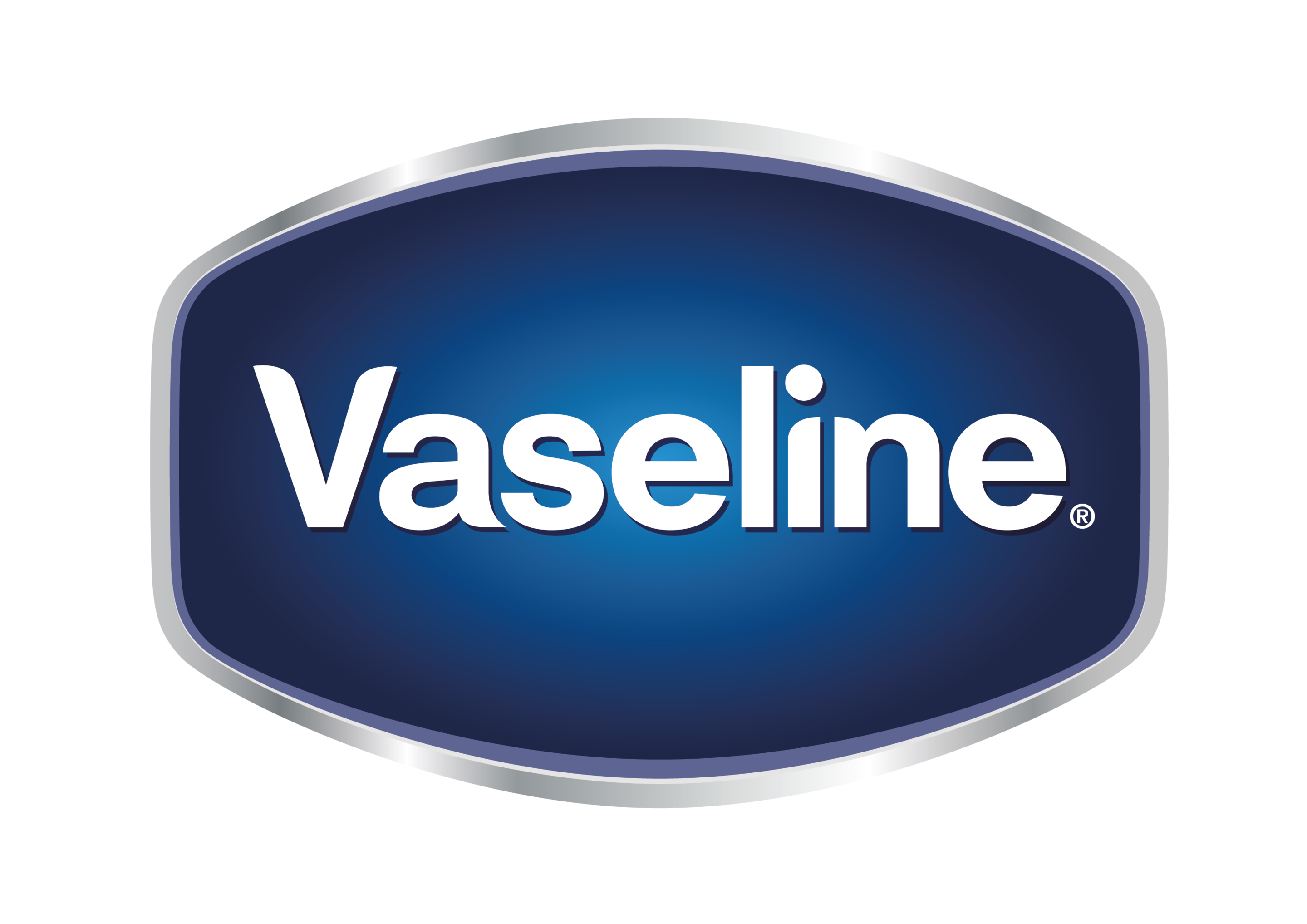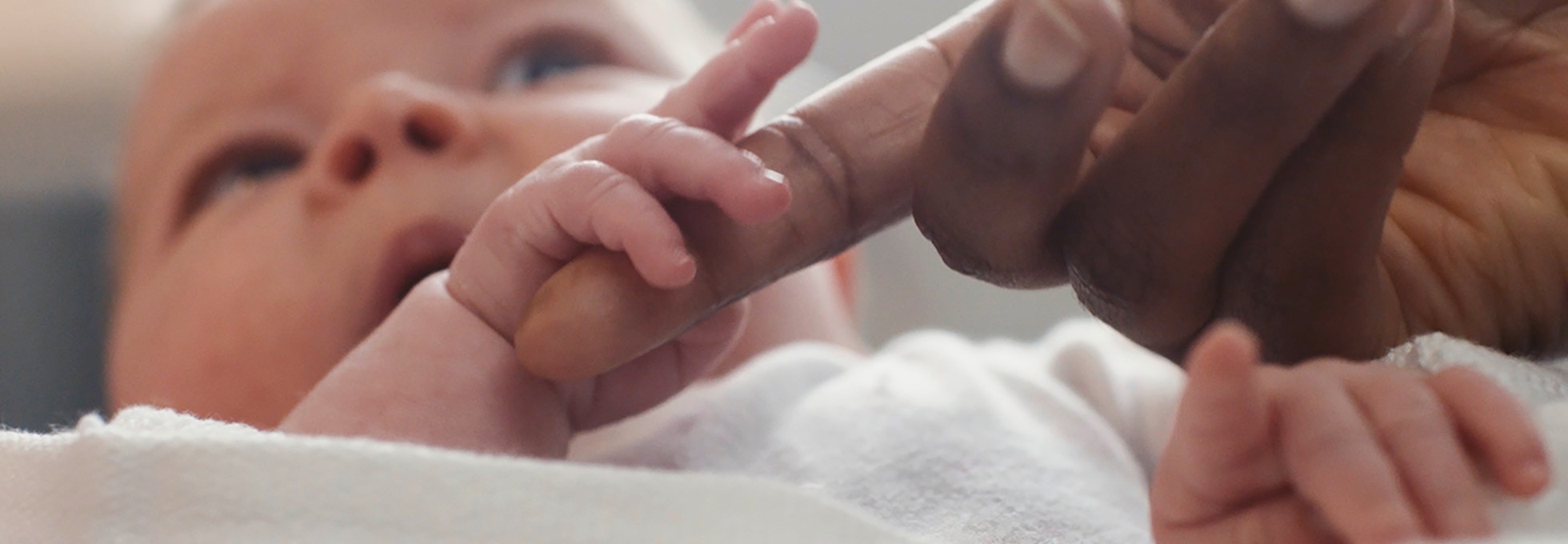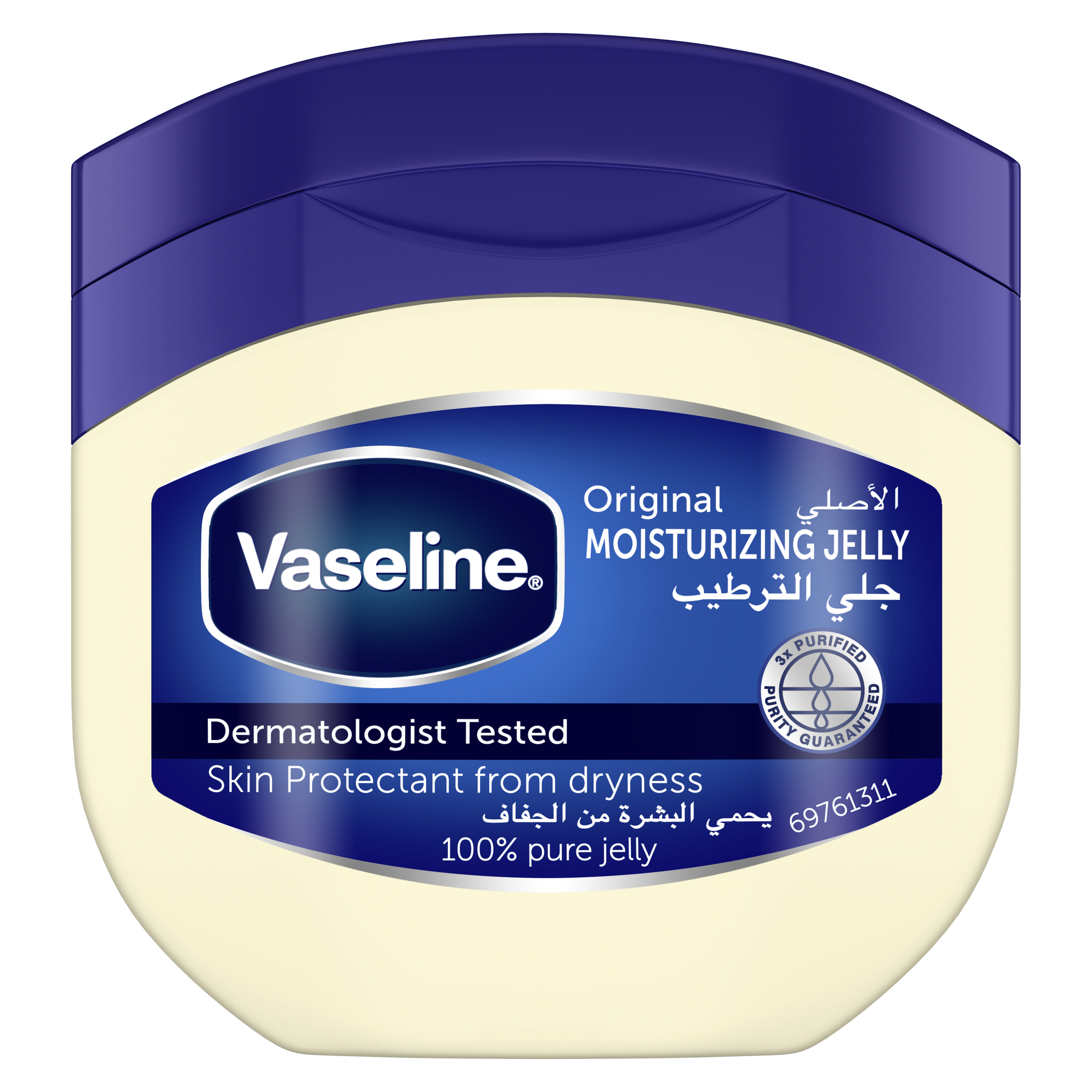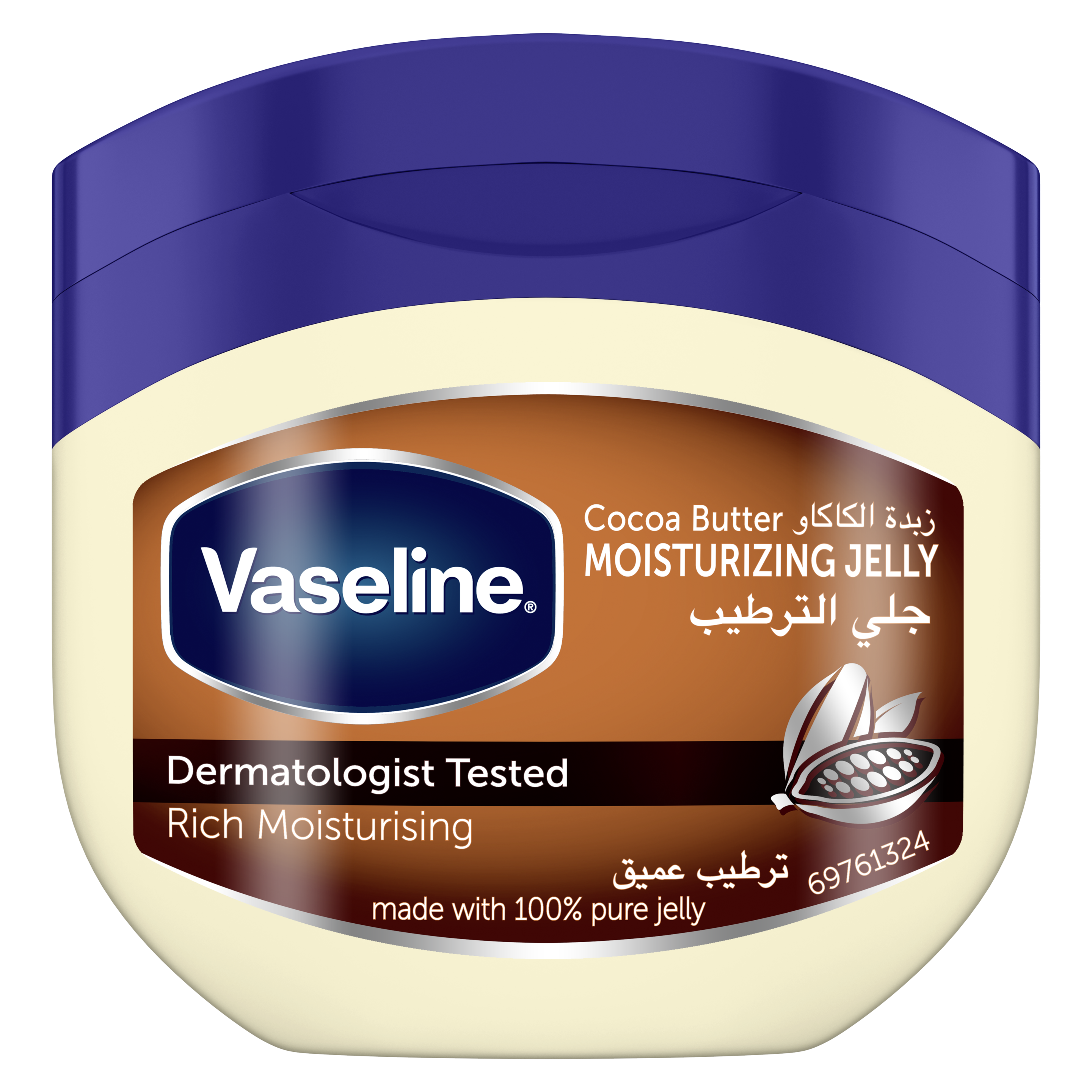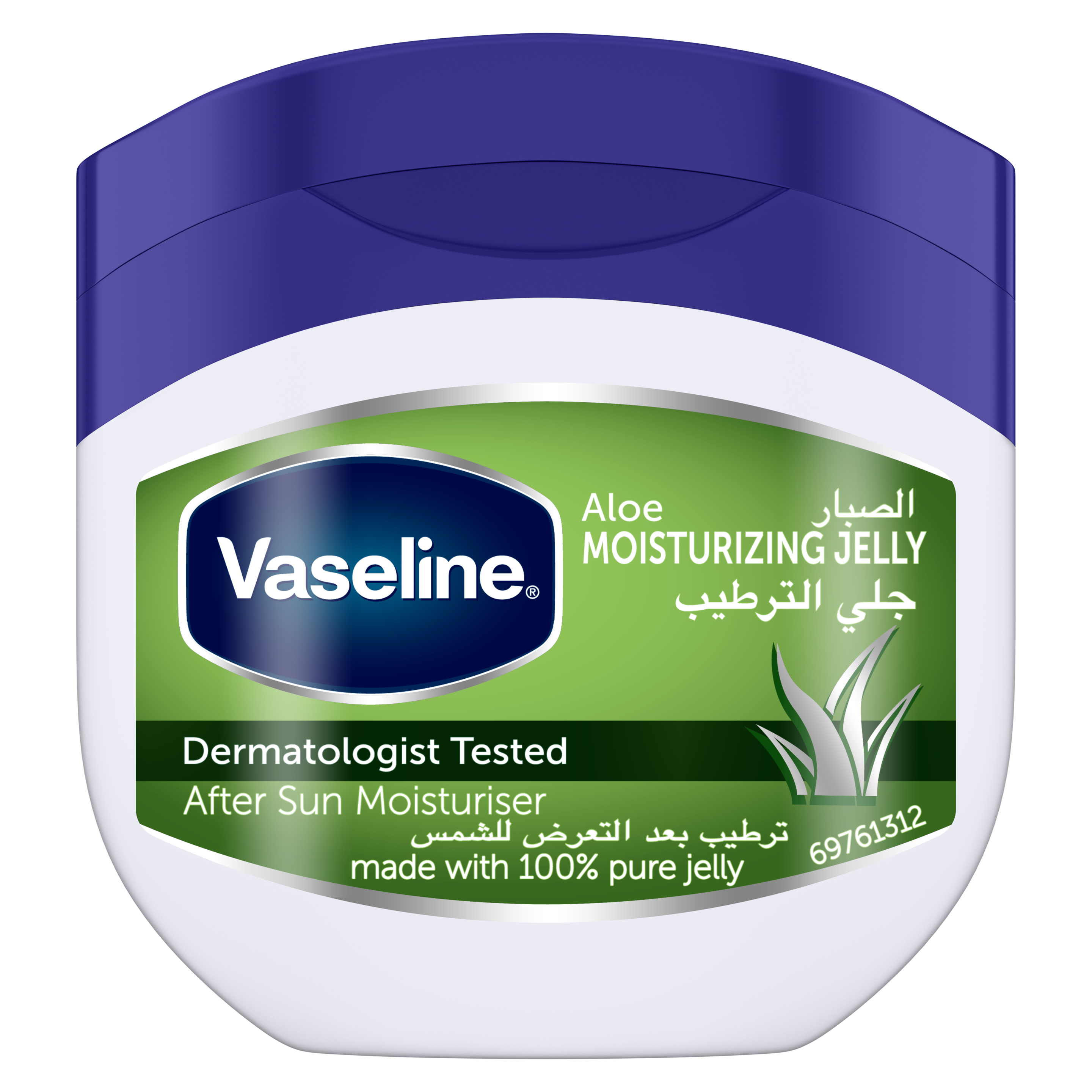Skip to content
Skin Issues - Diaper Rash, Dry Skin & Dry Lips
Discover newborn dry skin & diaper rash care below.
Newborn babies have incredibly delicate skin, so a little extra care may be needed to help keep their skin looking and feeling healthy. You may notice from time to time that your baby has developed dry skin around their bottom. Always speak to your pediatrician for the best ways to manage dry skin at home.
There are some skin characteristics1 that are common in newborns, for example dry, flaky skin. The sensitive nature of a baby’s skin as it adjusts to the world outside of the womb means it can easily be irritated by soaps, the weather, and the contents of their diaper, which can sometimes lead to diaper rash.
If you’re wondering what to do for diaper rash, and newborn skin issues, like dry skin and dry lips here are some tips that may be useful. Also, it’s good to remember that many of these tips can be great to use as part of your daily skin care routine for your baby, even as they grow out of the newborn stage.
Common Cosmetic Tips for Caring for Your Baby’s Skin
- Caring for a Newborn’s Dry Skin
Take Care When Bathing – If your newborn has flaky skin, it may seem like the obvious solution is to bathe them to hydrate the skin. However, bathing babies too often can actually dry their skin out even more. Your Pediatrician may suggest that bathing your child about 3 times a week is enough, especially as you’ll already be cleaning their diaper area regularly during diaper changes, and when you do bathe your baby, that you use a mild and gentle soap, or even plain water if your baby was very recently born – nothing with harsh chemicals that could irritate their skin.
Moisturize the Skin – Dry skin needs moisture at any age.However it’s even more important to moisturize a baby’s dry skin due to its delicate nature. However, some moisturizers can be too harsh for a baby’s sensitive skin. An effective yet gentle option to try is Vaseline® Jelly, which seals in moisture deep down to help heal dry skin. The good news for parents is that it’s made from triple-purified petroleum jelly and it's hypoallergenic – so it’s suitable for sensitive skin – and it’s non-comedogenic, meaning it won’t clog pores either. This makes it a good skin care option for newborns and babies as they move towards the toddler years.
- How to Soothe Diaper Rash
Causes – Diaper rash in newborns can be caused by a variety of factors, including friction from a tight diaper, or prolonged exposure to a dirty diaper. If your baby has diaper rash, their skin will look red and irritated. If you’re wondering what to do for bad diaper rash or even just a mild diaper irritation – then you should always speak to your pediatrician. They will determine the cause and advise you on the best course of treatment.
Prevention – All babies are likely to suffer with diaper rash at some point, but you can help prevent future occurrences. Always keep your child clean and dry by changing their diaper frequently. Wipe the diaper area during each change either using just cotton balls and warm water, or mild, gentle wipes that do not contain fragrance or alcohol. Then, pat the area dry and apply a layer of Vaseline® Jelly Baby. This can help prevent the diaper from irritating your baby’s bottom. Put on a clean diaper, making sure that it isn't too tight (air needs to be able to circulate), and you’re done.
If your baby does get diaper rash, here are two ways that may help soothe the irritation – just remember to always check with your pediatrician first:
Create a Protective Barrier – Apply a thin layer of Vaseline® Jelly Baby, which is appropriate for use on sensitive baby skin, to your child’s bottom after wiping it clean. This creates a protective barrier that can help stop irritants from making sore skin any worse. It also locks in moisture to help soothe and calm skin.
Diaper rash doesn’t just occur in newborns. It generally happens between the ages of 0 – 2 years, so it’s useful to always keep a jar of Vaseline® Jelly in the home as your baby grows. To find out more about using Vaseline® Jelly for your babies’ skin, click here.
Use a Diaper Rash Ointment – Your pediatrician may recommend using an over-the-counter or prescription diaper rash ointment. Many diaper rash ointments contain zinc oxide, which may help to reduce irritation on the skin.
- How to Care for Newborn Chapped Lips
Protect the Lips – An infant’s chapped lips may often be caused by excessive drooling, which is common at night as your child sleeps. Your pediatrician may suggest applying a small amount of Vaseline® Jelly to their lips before bed to help prevent them from drying out. Vaseline® Jelly is made from pure petroleum jelly so it is suitable for sensitive skin. Remember to continue this nightly routine as your baby grows older to help keep lips healthy-looking and hydrated.
Be Prepared for the Weather – Harsh weather conditions, such as bright sun, strong wind, or intense cold, can draw moisture out of the lips and cause them to become chapped. Take measures to help protect your baby’s lips if you’re outdoors. In strong winds, for example, keep them in a baby carrier facing your chest, or use a hat to keep direct sunlight off their face in summer. You can also apply a dab of Vaseline® Jelly to their lips during the day to help protect against the elements. It’s important to protect baby's lips as they grow out of this stage too.
Whether you’re using the Original Vaseline® Jelly or Vaseline® Jelly Baby, our pure, hypoallergenic petroleum jelly can help you care for your newborn’s skin. Follow the tips above to help keep your baby’s skin soft and healthy as they grow.
Remember using Vaseline® Jelly isn't just important in the early stages of your baby’s life. It has many amazing benefits for all the family.
Expert Advice
The advice in this article does not constitute medical advice, it is solely available for information purposes.
1. Arenson, J. and Drake, P. (2007) Quick Look Nursing: Maternal and Newborn Health. United States: Jones & Bartlett Learning chp. 31, pg. 203
FEATURED PRODUCTS
- slide 1
- slide 2
- slide 3
